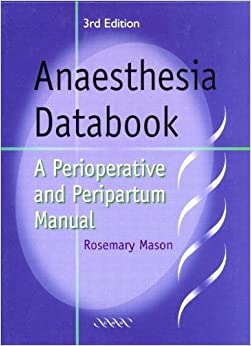Description
Anesthesiology and otolaryngology are two medical specialties that often intersect when patients require surgical procedures related to the ear, nose, throat, and head and neck regions. Here’s an overview of the collaboration between anesthesiology and otolaryngology:
- Preoperative Evaluation:
- Anesthesiologists work closely with otolaryngologists to evaluate patients before surgery. This assessment includes a review of the patient’s medical history, airway evaluation, and any specific concerns related to the otolaryngologic procedure.
- Airway Management:
- Otolaryngologic surgeries may involve the upper airway, such as tonsillectomies, adenoidectomies, or laryngeal procedures. Anesthesiologists are responsible for securing the patient’s airway, which may include endotracheal intubation or the use of supraglottic devices to ensure adequate ventilation during surgery.
- Anesthetic Techniques:
- Anesthesiologists select the appropriate anesthesia technique based on the nature of the otolaryngologic procedure. This can range from general anesthesia for more complex surgeries to regional or local anesthesia for less invasive procedures.
- Intraoperative Monitoring:
- Continuous monitoring of vital signs and oxygen saturation is essential during otolaryngologic surgeries. Anesthesiologists ensure patient safety and respond to any changes in the patient’s condition.
- Teamwork:
- Collaboration between the anesthesiology and otolaryngology teams is critical. Effective communication and a shared understanding of the surgical plan are essential for a successful procedure.
- Patient Positioning:
- Otolaryngologic surgeries often require precise patient positioning, which may impact the choice of anesthetic and the management of the patient during the procedure.
- Pain Management:
- Anesthesiologists play a role in postoperative pain management, ensuring that patients are as comfortable as possible following surgery. This may involve the use of regional blocks or pain medications.
- Complications and Emergencies:
- Both specialties are trained to manage complications and emergencies that may arise during otolaryngologic surgery, such as bleeding, airway obstruction, or adverse reactions to anesthesia.
- Recovery and Postoperative Care:
- Anesthesiologists are involved in the transition of patients to the post-anesthesia care unit (PACU) and collaborate with the otolaryngology team to ensure the patient’s stability before discharge.
- Pediatric Otolaryngology:
- Anesthesiologists who work with pediatric otolaryngologists have specialized knowledge in caring for children undergoing procedures like tonsillectomies and ear tube placements.
The collaboration between anesthesiology and otolaryngology is essential in ensuring the safety and comfort of patients undergoing a wide range of otolaryngologic procedures. It requires effective teamwork, communication, and a shared commitment to delivering high-quality patient care. The goal is to provide anesthesia that is tailored to the specific surgical procedure and the unique needs of each patient.





Reviews
There are no reviews yet.